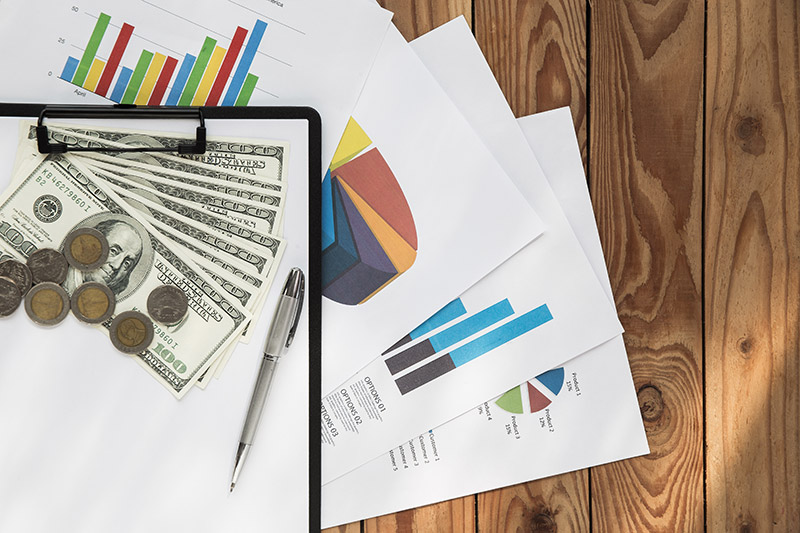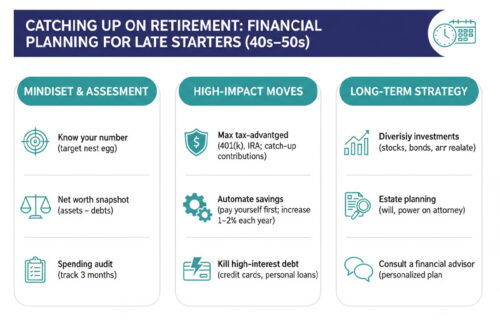In the ever-evolving world of finance, investors are constantly seeking ways to optimize their portfolios and manage risk effectively. One key strategy that has gained prominence in recent years is the diversification of investment portfolios by incorporating both traditional and digital assets. This article explores the importance of diversification and how balancing these two asset classes can lead to a more resilient and potentially lucrative investment strategy.
The Importance of Diversification
Diversification is a fundamental principle of investing that aims to spread risk across various asset classes, sectors, and geographic regions. By allocating funds to a diverse range of investments, investors can mitigate the impact of market volatility and potentially offset losses in one area with gains in another. This approach helps to create a more stable and balanced portfolio, reducing the overall risk exposure.
Traditional Assets
Traditional assets, such as stocks, bonds, and real estate, have long been the cornerstone of investment portfolios. These assets offer several benefits, including:
- Established markets: Traditional assets have well-established markets with a long history of performance data, making it easier for investors to analyze trends and make informed decisions.
- Regulatory oversight: Traditional assets are subject to regulatory oversight, providing a level of protection and transparency for investors.
- Potential for steady returns: Depending on the specific asset and market conditions, traditional assets can offer the potential for steady returns over time.
Digital Assets
In recent years, digital assets, such as cryptocurrencies and tokenized assets, have emerged as a new frontier in investing. While these assets come with higher risks, they also offer unique advantages:
- Decentralization: Digital assets operate on decentralized networks, reducing the reliance on intermediaries and providing greater control to investors.
- High potential returns: Some digital assets have demonstrated explosive growth, offering the potential for significant returns in shorter timeframes compared to traditional assets.
- Diversification benefits: Digital assets often have low correlation with traditional markets, providing an additional layer of diversification to investment portfolios.
Balancing Traditional and Digital Assets
To effectively diversify an investment portfolio, it is essential to strike a balance between traditional and digital assets. The specific allocation will depend on an individual’s risk tolerance, investment goals, and market outlook. Here are some factors to consider:
- Risk tolerance: Digital assets tend to be more volatile than traditional assets. Investors with a higher risk tolerance may allocate a larger portion of their portfolio to digital assets, while more conservative investors may limit their exposure.
- Investment horizon: Traditional assets may be better suited for longer-term investment strategies, while digital assets can offer potential for shorter-term gains.
- Portfolio rebalancing: As market conditions change, it is crucial to periodically rebalance the portfolio to maintain the desired allocation between traditional and digital assets.
Conclusion
Diversification is a critical component of a well-structured investment portfolio, and balancing traditional and digital assets can provide investors with a more comprehensive approach to managing risk and maximizing returns. By carefully considering the unique characteristics of each asset class and aligning investments with personal goals and risk tolerance, investors can navigate the complex financial landscape with greater confidence and adaptability. As always, it is essential to conduct thorough research, consult with financial professionals, and make informed decisions based on individual circumstances.



